
Foot and leg cramps are probably the most common of all muscle cramps. They affect many people, especially those who put too much strain on the muscles, like professional athletes and people who work out a lot. Foot and leg cramps are particularly frequent at night.
About muscle cramps
Muscle cramps are sudden an involuntary contractions of the muscles and they are usually quite painful. The muscle contracts and stays contracted until it relaxes, usually within a few minutes. In most cases, a muscle cramp can be solved if the muscle is strengthened.
Cramps can affect any skeletal muscle, but they are typical for leg and foot muscles. They can affect just one muscle or an entire group of muscles. Muscular groups that commonly suffer from cramps are gastrocnemius or back of the leg and calf, hamstrings or back of the thigh, quadriceps or front of the thigh, hands, arms, feet and abdomen.
The severity of muscle cramps can range from mild to severe, and they can last anywhere from a few seconds to several minutes.
It is not unusual for muscle cramps to occur, disappear and then come back several times before they go away completely.
Causes of muscle cramps in feet and legs
A single exact cause of muscle cramps in legs and feet is not known, but experts believe they have something to do with poor flexibility of the muscles and the introduction of a new, strenuous activity. Other causes may include dehydration and electrolyte imbalance, injuries, inflammation and nerve damage.
Cramps tend to occur to people whose body is not well conditioned, and they are particularly frequent the night after a long day of intense physical activity.
Treatment for muscle cramps in feet and legs
Cramps usually go away on their own, without any particular treatment. If they occur during an activity, the activity should be stopped until the cramp goes away. It helps to gently massage the affected muscle and try to stretch it as much as possible, even though it may be painful. It is also recommended to try walking on the affected leg and to elevate it. Hot shower, warm bath with essential oils and ice compresses are also very beneficial.
In order to prevent muscle cramps, it is important to improve fitness and avoid activities that put too much strain on the muscles, and to always keep hydrated when working out.
Stretching and warming up before exercising is very important, especially for calves and hamstrings. Cramps can also be prevented by leading a generally healthy lifestyle, with a well-balanced diet, lots of fluids and without alcohol and tobacco.





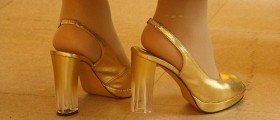

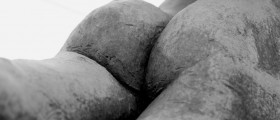
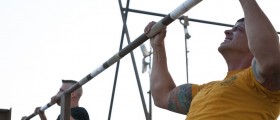

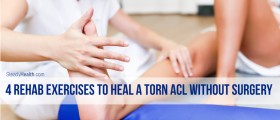

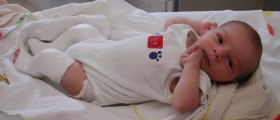

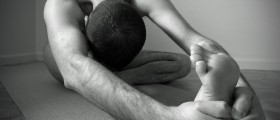
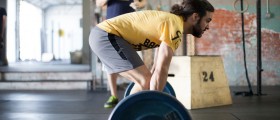
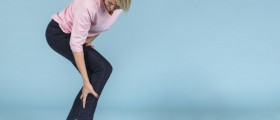
Your thoughts on this
Loading...